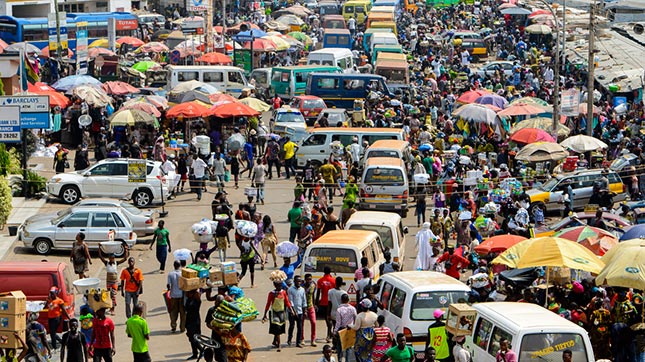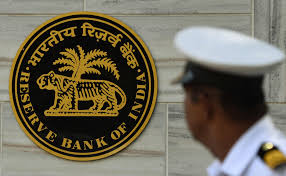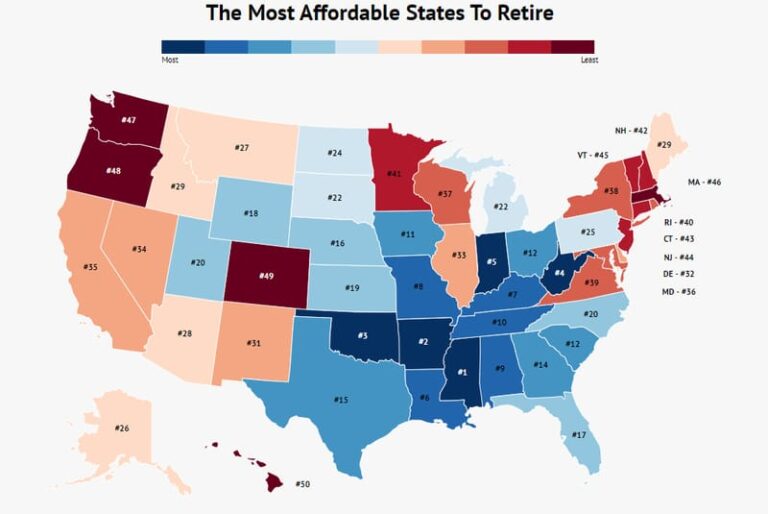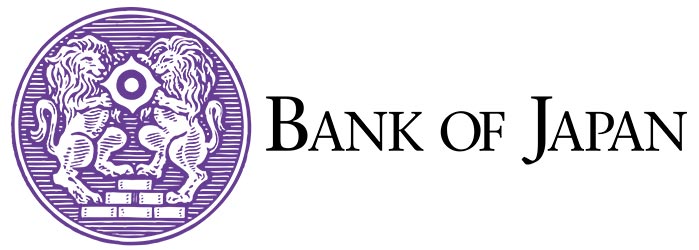Top 10 Largest Economies in Africa
Africa has some of the fastest-growing economies in the world. The continent is endowed with abundant natural resources, making it a significant supplier of raw materials. Africa is rich in gold, petroleum, tin, diamond, limestone, phosphorus, zinc, bitumen, natural gas, lead, and zinc.
Africa’s leading drivers of the economy include natural resources, agriculture, and trade. The contingent has enough supply of human capital, although there are still challenges in accessing well-trained and qualified workers in some fields.
Despite the rich abundance of resources, Africa accounts for most of the poorest countries in the world. Key challenges that face Africa include low technology uptake that forces the continent to rely more on small-scale and subsistence production, widespread poverty, and political instability in several parts.
The continent has made tremendous strides and achieved substantial growth despite the social and political challenges. Below we discuss the top 10 largest economies in Africa.
Egypt
- Nominal GDP – $1.38 trillion
- GDP per capita – $4,162
- Population – 105 million
Egypt has outpaced Nigeria to claim the top spot among the largest economies in Africa. Key drivers of Egypt’s economy include tourism, petroleum and natural gas exports, construction, real estate, agriculture, and wholesale and retail trade.
The ancient North African country experienced an economic slump during the 2011 Arab uprising. Citizens in Egypt and across several North African countries took to the streets to demand government changes and accountability. Egypt has since bounced back and almost healed from the effects of the revolution. The government has been working on diversifying the economy to reduce reliance on raw material exports.
Leading contributors to Egypt’s GDP include;
- Services (54%)
- Industry (34.3%)
- Agriculture (11.7%)
The country has experienced improved and stable economic activities over the last decade. The robust economic growth has significantly improved foreign exchange reserves, reduced unemployment, improved the tourism sector, and higher export of goods and services. The government has been working on an economic reform program in partnership with the IMF to catapult the economy to even higher levels.
Key challenges that face the Egyptian economy include high unemployment, a large proportion of the population living below the poverty line, a global economic slowdown, and a weak healthcare system.
Nigeria
- Nominal GDP – $1.14 trillion
- GDP per capita – $2,355
- Population – 215 million
With a slightly more than 215 million population, Nigeria is the most populous country on the African continent. The West African nation boasts a middle-income mixed economy driven by growing financial services, manufacturing, technology, and communication sectors.
Nigeria is Africa’s largest crude oil exporter and records about 1.6 million barrels per day. Export of petroleum products accounts for 10% of the country’s total GDP and more than 80% of the total exports.
The country is also rich in raw materials and natural resources, including iron ore, natural gas, tin, lead, zinc, limestone, and coal. The large population has also propelled Nigeria’s growth by offering readily available cheap labor and a ready market, which has seen Nigeria become Africa’s largest consumer retailer. Main contributors to the economy include;
- Services – 54.39 %
- Industry – 23.65%
- Agriculture – 21.65%
South Africa
- Nominal GDP – $861.93 billion
- GDP per capita – $6,979
- Population – 60.69 million
South Africa is the third-largest economy in Africa, with an advanced economy and well-developed infrastructure. The southernmost country in Africa is also ranked among the fastest-developing nations in the world.
South Africa, often called the rainbow nation, is among few other countries that have diversified economies with a good mix of manufacturing, mining, tourism, and financial services. The country exports many natural resources, including gold, iron ore, coal, platinum, and diamonds.
South Africa has a vibrant tourism sector and is a renowned tourist destination. The government has also invested heavily in the industry to optimize its potential.
Significant challenges facing the South African economy include political instability that has hindered the country’s ability to maximize its production potential. The government is also known for having the highest inequality rates in the world.
Algeria
- GDP: $193.601 Billion
- GDP per capita: $4,294
- Population: 45.30 million
With a population of more than 42 million people, and the largest in Africa by landmass, Algeria is an upper-middle-income economy and the fourth largest in Africa, with a GDP of around $193.601 billion. The Algerian economy is mainly driven by oil and gas exports.
The country boasts a well-developed infrastructure and has significantly reduced poverty by 20% within 20 years.
Algeria has abundant crude oil reserves, and hydrocarbons account for around 70% of the country’s total income. The government has recently discovered more oil reserves, boosting the country’s growing industrial status.
In addition to oil, the North African country is also the largest supplier of ammonia. Other high-contributing sectors include construction, commercial services, industrial works, and agriculture.
One of the country’s top challenges to the economy is the instability of oil prices which cause fluctuations in the currency reserves. Algeria has also faced several moments of political unrest plus several scandals in the hydrocarbon industry.
Morocco
- GDP: $133.062 Billion
- GDP per capita: $3,628
- Population: 37.72 million
Morocco is the fifth largest economy in Africa and the second in North Africa. It is the second-largest non-oil-producing country behind South Africa. With a good population of more than 37 million people, Morocco has a versatile and stable economy that has registered growth in multiple industries for several years.
The key main drivers of Morocco’s economy are manufacturing and mining. Top contributors to the GDP include;
- Service Industry – 55%
- Agriculture – 15%
- Industry – 30%
The country also has a budding tourism sector thanks to its hospitable population and the government’s growing investment in tourist attractions. Morocco is the world’s third-largest phosphorus producer and heavily relies on agriculture.
One of the economy’s key strengths is its export diversification, including vehicles, electrical equipment, and parts. Morocco has also invested a lot in the textile and telecom industries.
Kenya
- GDP: $114.679 billion
- GDP per capita: $2,251
- Population: 56 million
With a GDP of over $100 billion and a population of close to 56 million people, Kenya has a vast landscape and a variety of rare wildlife. Agriculture is the backbone of Kenya’s economy, and East Africa boasts well-developed tea and coffee sectors.
Kenya has been a trade hub for centuries thanks to its coastline, which has several strategic ports. The East African country is one of the fastest-growing economies in Sub-Saharan Africa due to a stable political climate and service sector, positive investor confidence, a clear business agenda, and an excellent macroeconomic environment.
The country’s well-developed industrial base contributes around 50% of the total GDP, while agriculture accounts for 35%. Kenya also enjoys fast-growing technology, financial, and tourism sectors.
Ethiopia
- GDP: $105.325 Billion
- GDP per capita: $1,039
- Population: 120 million
Ethiopia is a landlocked country found in the horn of Africa and with a population of more than 100 million people. It is an ancient land with archaeological finds dating back more than 3 million years. Coffee is said to have originated from Ethiopia, the country’s largest supplier of the crop in Africa. Ethiopia is also a prominent exporter of honey, oily seeds, legumes, and cut flowers.
Other high-income generating sectors in Ethiopia are energy, food processing, tourism, manufacturing, construction, and agriculture. Agriculture accounts for more than 40% of the GDP, 60% of exports, and over 80% of total employment.
Ethiopia is one of the fastest-growing economies worldwide and has maintained a steady between 2008 and 2018. A large public sector dominates the economy while the private sector is less developed. The government is privatizing several state-run agencies while maintaining its hold on strategic sectors like finance, telecommunication, and insurance.
Angola
- GDP: $124.862 Billion
- GDP per capita: $3,792
- Population: 35 million
Angola has a vast supply of natural resources, including rich agricultural land, hydroelectric potential, diamond, gas, and oil. Despite having extensive natural resources, Angola remains largely underdevelopment and poor due to over-reliance on subsistence agriculture and more than four decades of conflict.
The government of Angola invested heavily in infrastructure development, repair, and improvement in the aftermath of the civil war. This positioned the country as one of the fastest-growing economies globally, with a growth rate of 11.1% between 2001 and 2010. The high growth rate was mainly achieved due to increased oil production and rising oil prices in the international market.
The economy of Angola is heavily dependent on oil exports, accounting for 90% of the country’s exports in 2017 and 64% of the government’s total earnings that year.
Ghana
- GDP: $73.894 Billion
- GDP per capita: $2,303
- Population: 32 million
Ghana enjoys a diversified economy with abundant natural resources. The country did a GDP rebasement in 2011, placing the economy among the fastest growing in the world. Ghana is currently categorized as a developing lower-middle-income economy.
The service sector is the most significant contributor to the economy of Ghana, accounting for more than half of the GDP and employing 28% of the workforce. Leading export products from Ghana include gold and petroleum. The country is the second-largest exporter of gold in Africa after South Africa. Ghana is also the second-largest cocoa producer after Ivory Coast.
Tanzania
- GDP: 77.506 Billion
- GDP per capita: $1,260
- Population: 63 million
Tanzania closes the list of the top 10 largest economies in Africa. The economy is predominantly agricultural-based, with the sector accounting for 25% of the GDP. Half of the country’s workforce is absorbed in the agricultural industry.
Thanks to its natural parks and budding hospitality, Tanzania has a robust tourism sector. The country is also home to Africa’s tallest mountain – Kilimanjaro.
Tanzania’s industrial base is also coming strongly and currently accounts for nearly 30% of the total GDP. Key industries include construction, manufacturing, natural gas, electricity, and water supply.
Bottom Line
Africa is one of the fastest-growing continents in the world. The continent is endowed with abundant natural resources and a large population that offer cheap labor. This growth comes with many investment opportunities for both local and foreign investors. Despite its abundant resources, Africa still lags behind other continents in development due to low uptake of technology and therefore over-reliance on subsistence production, corruption and mismanagement, and insecurity and political instability, among other challenges.






